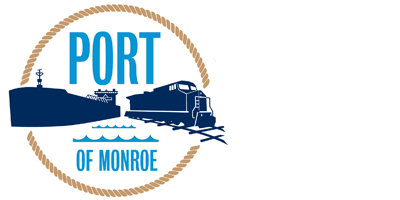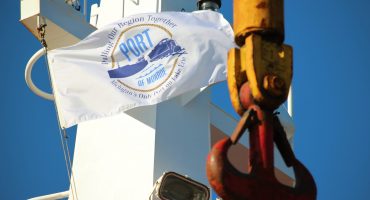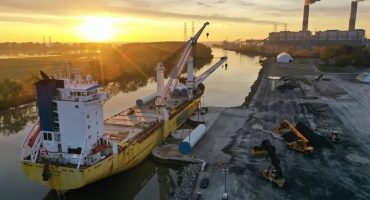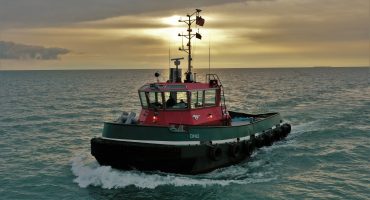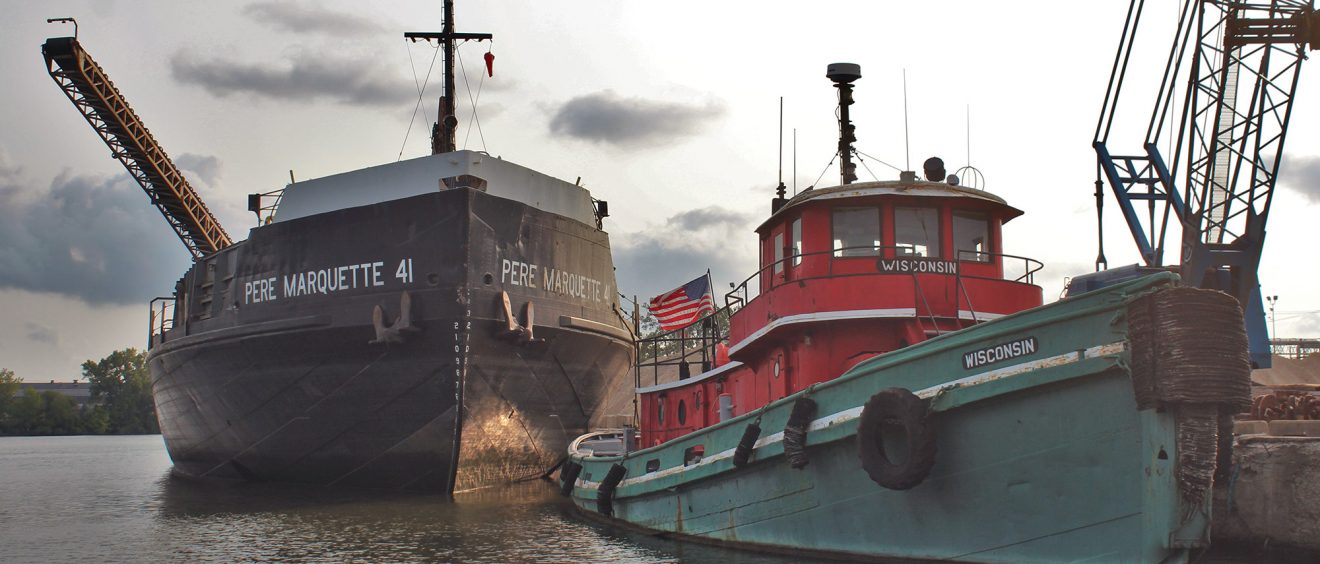
The Monroe News – Port of Monroe dubbed ‘biggest little port’
A recent economic study detailed the impact of Michigan’s only shipping port on Lake Erie.
Source: The Monroe News
Written By: Danielle Portteus, Staaff Reporter
The Port of Monroe was responsible for more than $96 million in economic activity in 2017, a recent report states.
The Great Lakes Seaway Partnership released “Economic Impacts of the Port of Monroe,” a report documenting the contributions the port has made on shipping, the City of Monroe and Great Lakes region.
According to the study, the port and maritime commerce supported 1,659 jobs and $121.1 million in personal income and local consumption expenditures. Additionally, it was responsible for $38.5 million in federal and state tax revenue.
“The Port of Monroe represents the closest convergence of major freight assets anywhere in the region with deepdraft frontage on the River Raisin, direct rail Class 1 rail access, and immediate access to I-75,” said Paul C. LaMarre III, port director. “As Michigan’s only port on Lake Erie, the Port of Monroe serves as the gateway to the State of Michigan’s far reaching multimodal transportation network and this report highlights the significant economic impact that the ‘Biggest Little Port’ has on our region.”
LaMarre said the report is evidence that multimodal commerce is vital to the economic prosperity of our region.
“At the Port of Monroe, we proudly support the mariner and Great Lakes region,” he said.
Of those more than 1,600 jobs, 751 were directly generated by marine cargo and vessel activity at the marine terminals, the report said.
By the Numbers
- Economic impacts of the Port of Monroe:
- Direct jobs: 751
- Induced jobs: 574
- Indirect jobs: 334
- Total jobs: 1,659
- Economic activity in dollars: $96 million
- Personal income and local consumption expenditures in dollars: $121.1 million
- Federal and state tax revenue: $38.5 million
As a result of the local and regional purchases by those individuals holding the direct jobs, an additional 574 induced jobs were supported in the regional economy.
More than 330 indirect jobs were supported by $39.7 million of regional purchases by businesses supplying services at the marine terminals at the port.
“In 2017, the direct business revenue received by the firms directly dependent upon the cargo handled at the port was $28.3 million,” the report said. “These firms provide maritime services and inland transportation services for the cargo handled at the marine terminals and the vessels calling at the terminals.”
Throughout the state, maritime commerce generated $4.1 billion in economic activity in 2017 along supporting more than 25,000 jobs, the report said.
During the year, about 59 million metric tons of cargo was handled at the ports. Of that, 1,782,479.77 metric tons came through the Port of Monroe.
“The study reflects the important contributions Port of Monroe provides to the Great Lakes-St. Lawrence Region,” said Steven A. Fisher, Executive Director of the American Great Lakes Ports Association. “The jobs supported by the maritime industry include not only those located directly on the waterfront — shipyard workers, stevedores, vessel operators, terminal employees, truck drivers and marine pilots — but also grain farmers, construction workers, miners and steelworkers. Many of these jobs would vanish if not for a dynamic maritime industry.”
In the United States and Canada, maritime commerce supported nearly 240,000 jobs and generated $35 billion in economic activity.
“This report validates what we’ve long known — that the Great Lakes-St. Lawrence Seaway is crucial to the U.S. economy,” said Craig H. Middlebook, Deputy Administrator of the U.S. Saint Lawrence Seaway Development Corporation “This binational waterway not only provides a multitude of well-paying jobs — on land and at sea — it offers a cost-effective, safe and fuel-efficient means of moving goods to and from domestic and global markets.”
The Great Lakes- St. Lawrence Seaway (comprised of the five Great Lakes — Superior, Michigan, Huron, Erie and Ontario — their connecting channels and the St. Lawrence River) is the industrial and agricultural heartland of the U.S. and Canada, with a combined Gross Domestic Product
